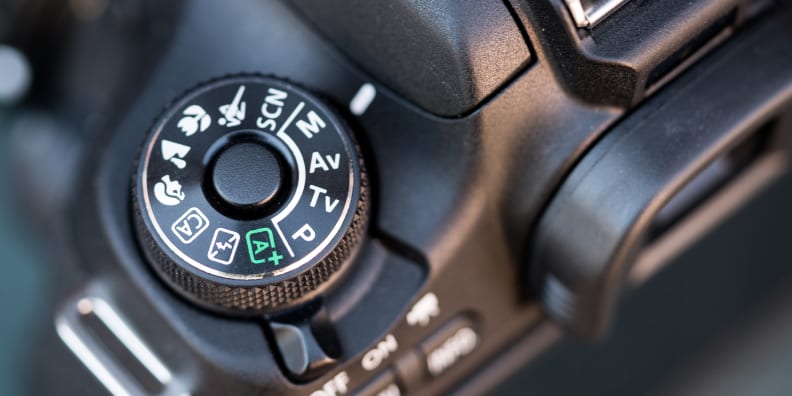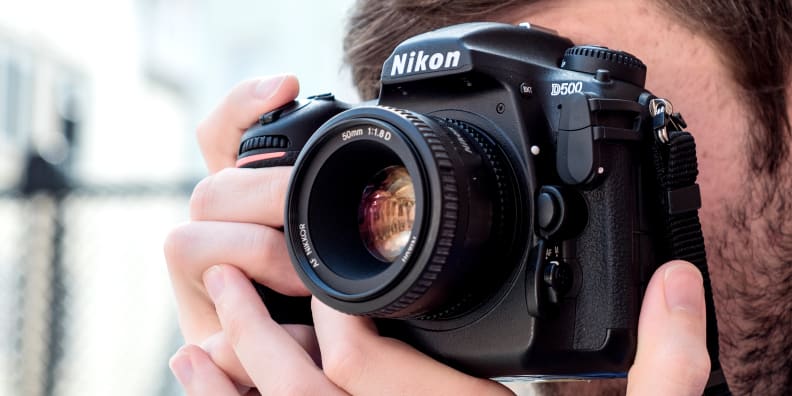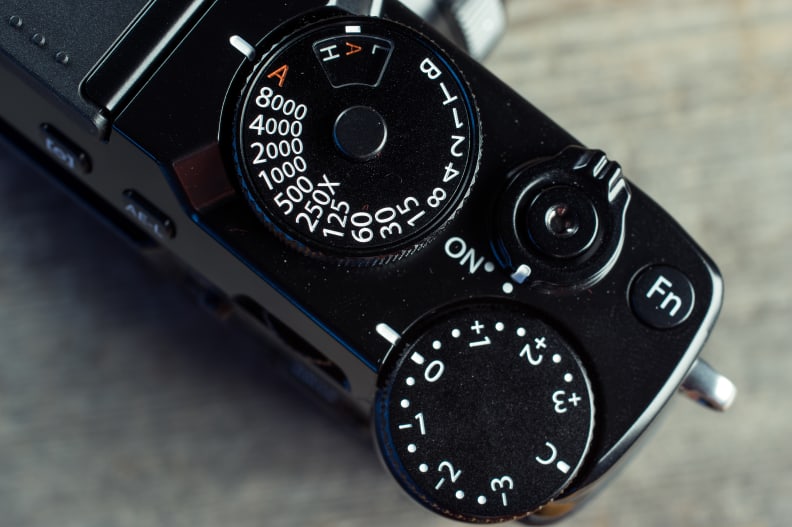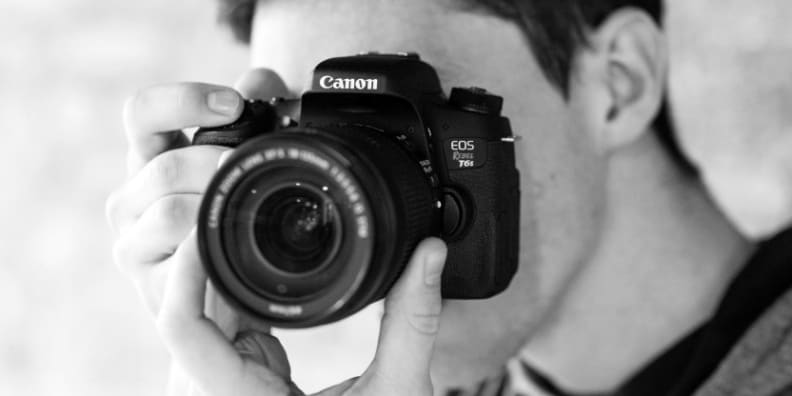5 tips for using your new DSLR during the holidays
Get a new DSLR? Here are five easy tips for taking Christmas morning photos.
Products are chosen independently by our editors. Purchases made through our links may earn us a commission.
For lots of people, the impetus to get a new DSLR is to capture those special family moments that a smartphone just can't keep up with. Vacations, weddings, and family gatherings like Christmas morning.
With low light, lots of action, and rambunctious kids tearing through gifts, capturing the ideal moment can be tough. After all, kids are hardly going to sit still for the perfect moment when they just got the gift they've been wanting for months.
If you're just getting started with photography, this might be your first real challenging moment. Here are five tips to help you get the most of it.

If you're just starting out we recommend sticking to either Auto, Program Auto ("P"), or a dedicated Portrait mode.
1. Get your settings right
For the most part, you should be just fine shooting with your camera's Auto or Program Auto setting on Christmas morning. They act basically the same, but Program Auto (often just "P" on your mode dial) gives you a little more control. Either way, with these settings the camera will figure out how bright the room is and pick the right settings.
Beyond that you'll want to make sure that image stabilization is turned on, autofocus is on and set to "single" or "AF-S" mode, and you're set to shoot continuously and at high speed. Your camera's manual should explain how to turn all these settings on.

Use the viewfinder wherever possible so you can keep an eye on the action while keeping the camera steady.
2. Add light if possible
If you're opening gifts up super early in the morning, you'll need to add some extra light to the room to help your camera out. If the room is too dark your photos will likely come out with either too much grain or too much blur. Turning on a few extra lights should solve these problems.
{{ amazon name="SanDisk 32GB Ultra Class 10 SDHC UHS-I Memory Card", asin="B0143RT8OY", align="right" }}
One word of warning: once the sun comes up it's likely to be much brighter outside than inside, even with lights on. While taking photos try to frame people against darker backgrounds (like a wall or the tree) rather than in front of windows. If you're not sure just take a test photo and check to see how it looks in playback.
3. Shoot continuously
In general, your best bet with moving or changing subjects is to shoot continuously using burst settings. This will let you capture a bunch of photos by holding down the shutter button. While this is obviously helpful if your subject is riding around on a new bike, it also helps if they're sitting still; a burst of photos may capture the perfect moment when they realize what you got them.
Just be aware that if you have a slower SD card sometimes the camera will lock up for a few seconds after shooting a burst of photos. You may not be able to take photos until this finishes, so take your camera for a spin first and get a feel for what it can and can't do.

Pretty much all cameras have some kind of exposure compensation tool, either a button you press or a dial like on this camera.
4. Use exposure compensation
If there's one advanced feature even beginners should learn right away, it's exposure compensation. Every camera has it, and it's a super helpful tool. You know how on an iPhone you can tip the screen and then move your finger up and down to make the shot come out brighter or darker? That's exposure compensation.
Some cameras have a dial just for this (like in the photo above), but on others you need to look for a button with a +/- symbol on it. Hold down that button while turning one of the control dials and you should see your photo change to become brighter or darker. If all your photos are turning out too bright or too dark, exposure compensation will usually solve the problem.

With a DSLR you want to support the camera's weight from underneath by grabbing the lens.
5. Maintain good, steady form
The key to taking great photos in tough circumstances is keeping great form. A few basic tips: use the viewfinder if your camera has one, use your left hand to support the camera's weight from underneath, and keep your elbows close to your body.
Even though DSLRs weigh much more than smaller point-and-shoots, a good grip and good form will actually give you steadier photos and help cut down on any blur in low light.
Beyond that, I'd say do your best to learn how your camera works and what it can and can't do well in advance. You don't want to have to have to dig into your camera's manual on Christmas morning if you can help it. Once you get a hang on things, just make sure your SD card has space and your battery is charged and you should be good to go.
Related Video
{{ brightcove '4784945558001' }}
